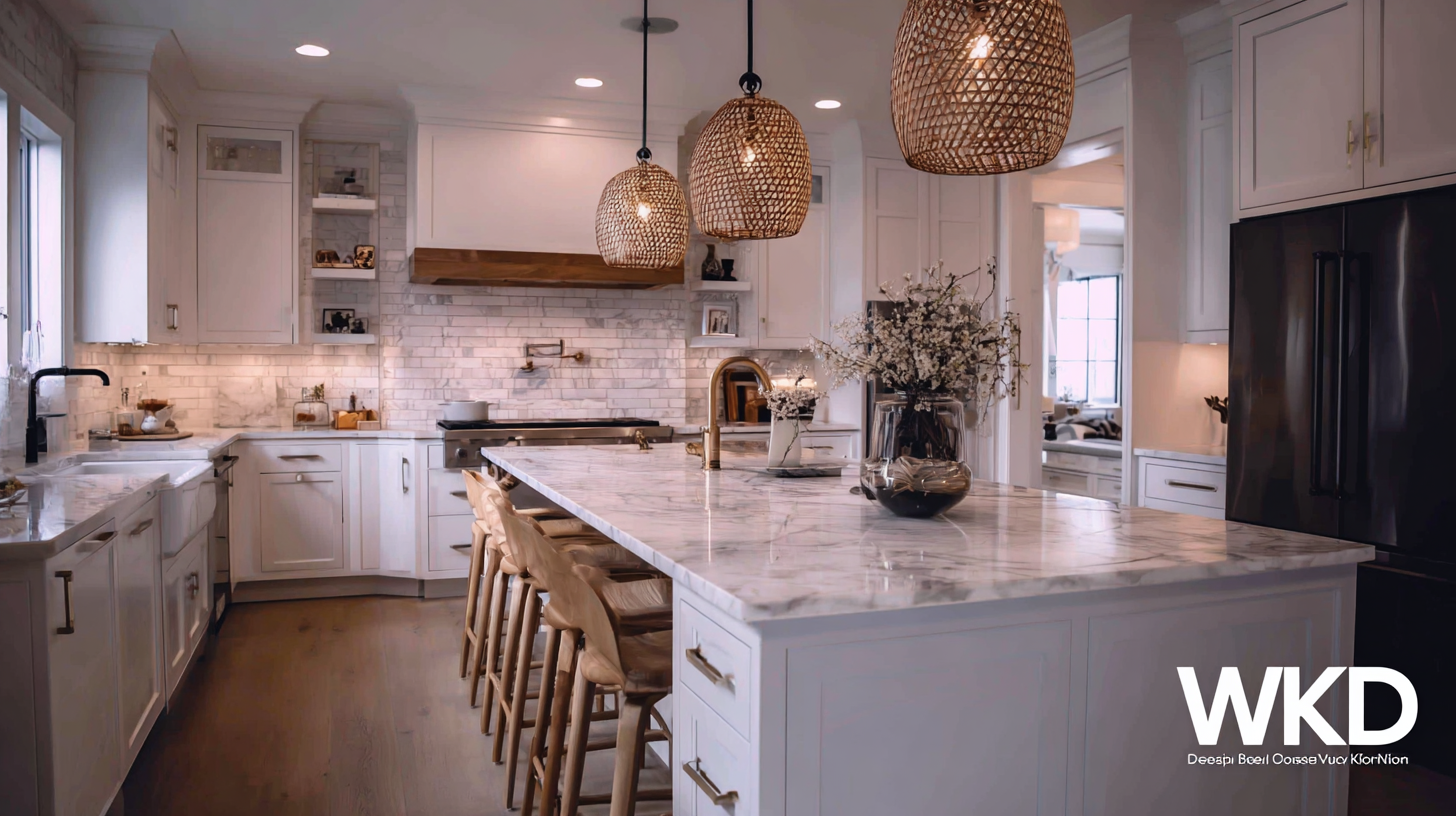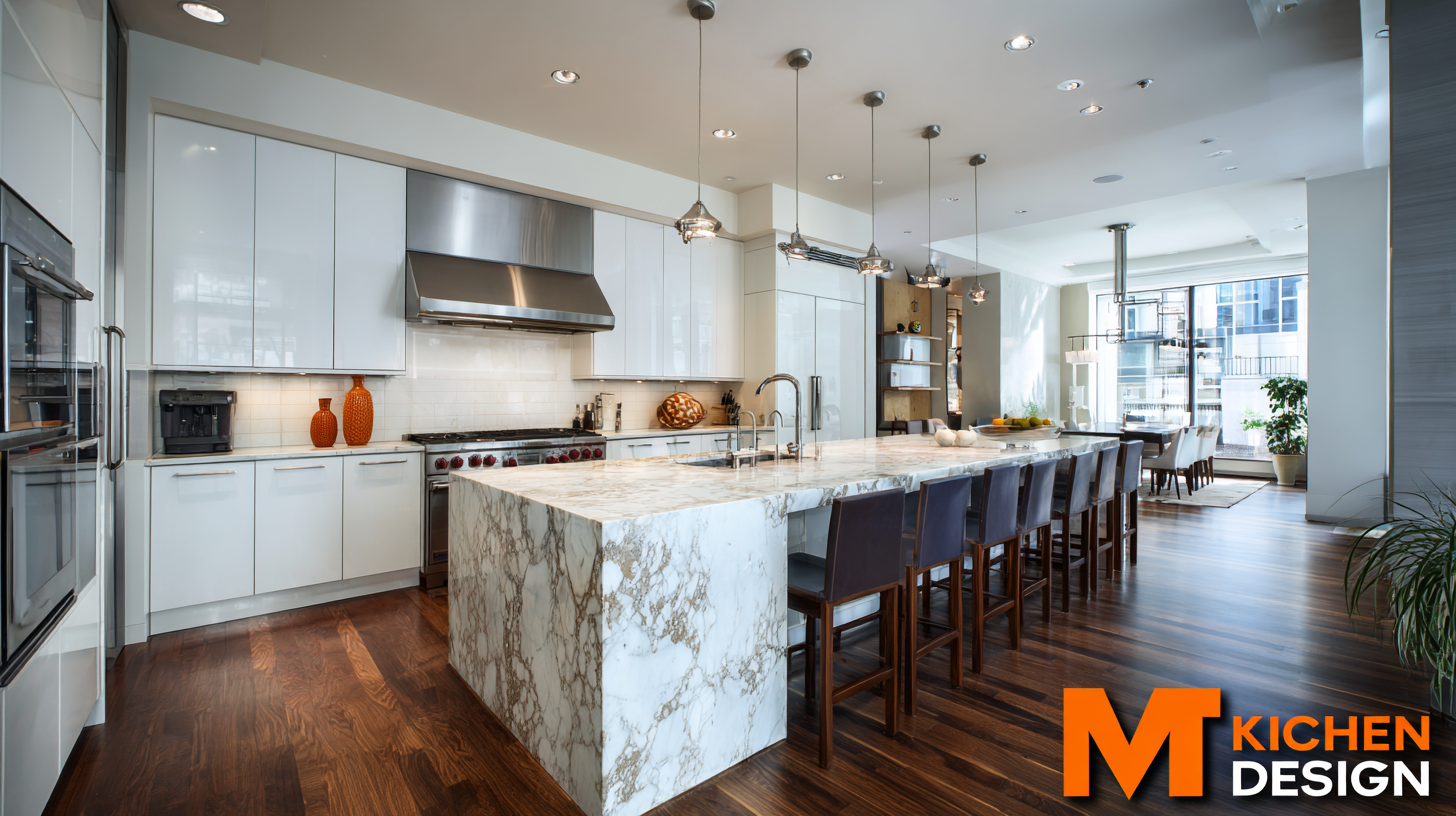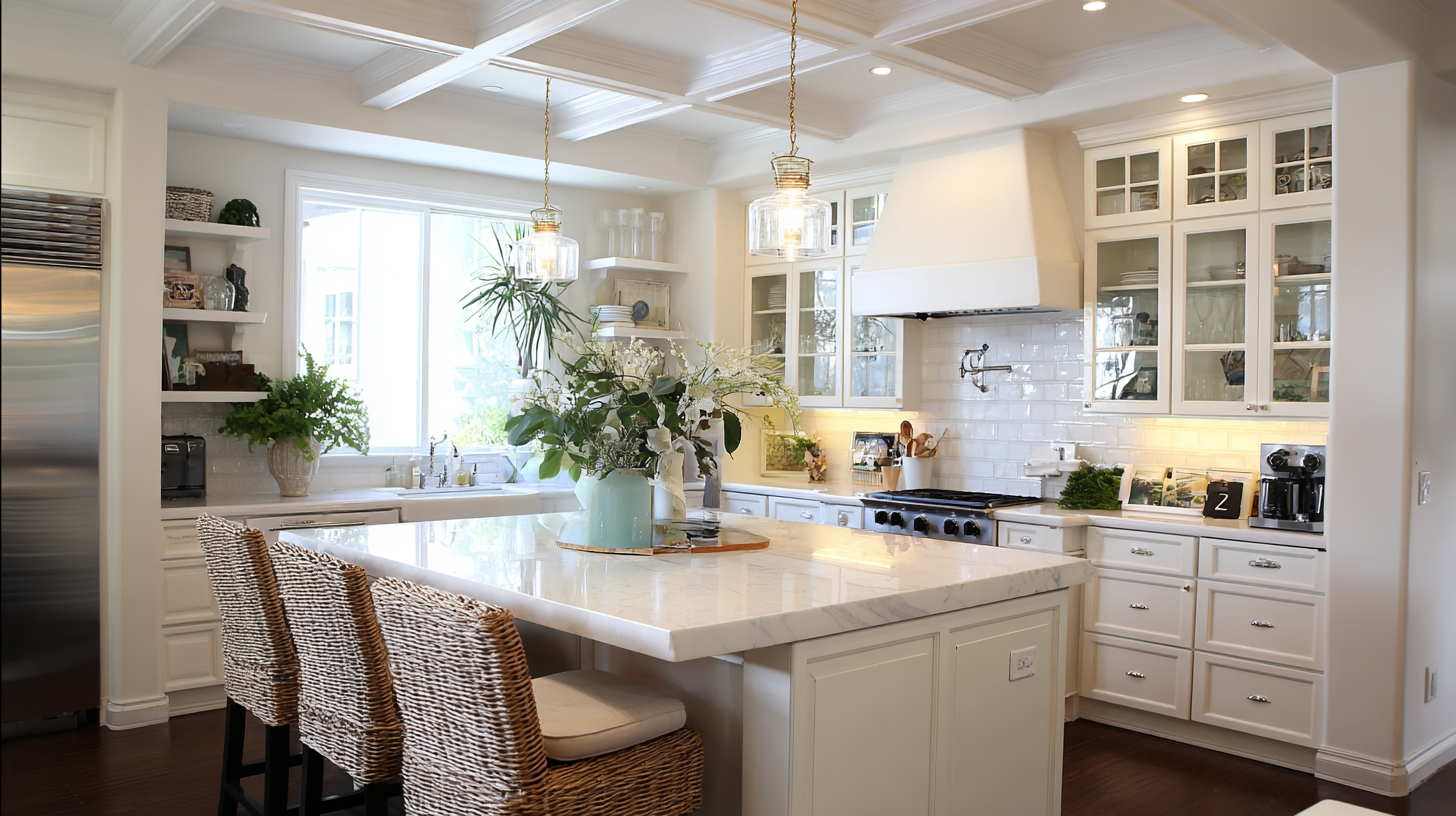Creating the perfect kitchen design is crucial for appealing to global buyers in today's competitive real estate market. According to a 2023 report by the National Association of Home Builders, nearly 80% of homebuyers consider the kitchen to be the most important room in the home, emphasizing its role not just as a cooking space, but as a central hub for family gatherings and entertainment. Furthermore, the demand for modern, functional kitchen designs continues to rise, with a recent design trends study revealing that open-plan layouts and eco-friendly materials are among the top features sought by buyers. As we delve into the essential checklist for creating an exceptional kitchen design, we will explore key elements that cater to diverse tastes and preferences, ensuring your property stands out on the global stage.

When designing kitchens for global buyers, understanding their unique needs is crucial. A recent report from the National Kitchen and Bath Association (NKBA) highlights that nearly 60% of homeowners prioritize functionality and workflow in their kitchen layouts. This trend underscores the necessity of considering how different cultural practices and cooking styles influence kitchen design. For instance, buyers from Asian cultures often prefer larger preparation areas and integrated appliances while those from Mediterranean backgrounds might emphasize open spaces for social interaction.

Moreover, a survey by Houzz indicates that 80% of international clients seek eco-friendly materials and energy-efficient appliances. This emphasis on sustainability is not just a trend, but a reflection of a global shift towards environmentally-conscious living. A well-designed kitchen that incorporates such aspects can enhance buyer satisfaction significantly. By addressing these preferences—ranging from design aesthetics to practical elements—designers can better cater to the diverse and evolving expectations of the global market. Understanding these unique needs is not only essential for appealing to international buyers but also for creating kitchens that reflect their lifestyle and values.
When designing a kitchen that appeals to global buyers, incorporating versatile features is paramount. According to a recent report by the National Kitchen and Bath Association (NKBA), an open floor plan is preferred by 70% of buyers across various cultures. This layout not only fosters a sense of community and inclusivity but also allows for easy multitasking, catering to varying cooking styles. The integration of islands with seating can create a multifunctional space that serves as both a cooking and social area, appealing to diverse lifestyle needs.
Furthermore, universal design elements such as flexible storage solutions and accessible countertops are essential in catering to different demographics. A report from the American Institute of Architects (AIA) highlights that 65% of homeowners value innovative storage options like pull-out shelves and deep drawers, ensuring easy access and organization amidst varied cooking habits. Incorporating appliances that accommodate different cooking techniques—like induction stoves favored in European kitchens or range hoods popular in Asian culinary traditions—can also enhance the kitchen's appeal to a wider audience. By focusing on these essential features, designers can create kitchen spaces that resonate with a multitude of cultural preferences, ultimately elevating the value and attractiveness of the property.
When designing kitchens for a global market, one of the primary challenges faced by designers is the sourcing of materials that cater to diverse tastes and preferences. According to a report by Statista, the global kitchen design market was estimated at $30 billion in 2021, with projections indicating a steady growth rate of 9% annually through 2025. This expansion underscores the importance of understanding regional variations in material preferences, as consumers in different cultures have unique requirements influenced by climate, aesthetics, and functionality.
Navigating the global supply chain can be daunting, particularly when balancing quality and cost. A survey by the National Kitchen and Bath Association (NKBA) revealed that 42% of designers cited material availability as a significant barrier in their projects. This issue is further compounded by fluctuating shipping costs and delays, a situation exacerbated during the COVID-19 pandemic. To address these challenges, designers should consider sustainable local alternatives that resonate with the cultural identity of their buyers, potentially decreasing dependency on international suppliers and ensuring timely project completion. By aligning their sourcing strategies with global trends and local preferences, designers can create kitchens that not only meet functional needs but also appeal to the aesthetic sensibilities of a diverse clientele.

In today’s diverse market, creating a kitchen design that appeals to global buyers requires a delicate balance of aesthetics and functionality. It’s essential to recognize that different cultures have unique preferences and needs when it comes to kitchen layouts and styles. For instance, while open-concept kitchens are popular in Western cultures for promoting social interaction, more traditional designs may resonate better with buyers from regions that value privacy and separation between cooking and living spaces. Incorporating local materials and colors can also serve to create a design that feels authentic to the cultural context of its users.
Functionality is paramount in any kitchen, and global trends often dictate the need for versatile spaces that can adapt to various cooking styles and family dynamics. Incorporating smart technology, like touchless faucets or smart appliances, enhances both convenience and safety, appealing to modern buyers. Additionally, prioritizing ergonomics through well-placed storage and workspace can significantly improve usability, making the kitchen not just a place for meal preparation but also a welcoming environment for family gatherings and entertaining. Designers must keep these elements in mind to ensure that their creations cater to the evolving needs of a diverse clientele, marrying style with seamless functionality.
| Dimension | Details |
|---|---|
| Layout | Open-concept vs. Closed kitchens |
| Color Scheme | Neutral tones with bold accents |
| Materials | Sustainable and durable materials |
| Appliances | Energy-efficient and smart appliances |
| Storage Solutions | Maximizing space with innovative designs |
| Lighting | Layered lighting for functionality and ambiance |
| Safety Features | Child-proofing and slip-resistant materials |
| Cultural Considerations | Incorporating global design elements |
In the realm of international kitchen projects, overcoming common design flaws is essential to meet the preferences of global buyers. According to the National Kitchen & Bath Association (NKBA), kitchen layouts are crucial; 51% of homeowners prioritize an efficient work triangle with optimal workflow. Ignoring these fundamental aspects can lead to dissatisfaction and costly renovations.
To address these design challenges, here are some helpful tips: First, always prioritize functionality over aesthetics. Ensure that key components like the refrigerator, sink, and stove are positioned to facilitate ease of movement. Second, consider cultural preferences in your designs. For instance, buyers from different regions may have distinct cooking habits that affect appliance choices and storage solutions.
Furthermore, understanding diverse materials and finishes can make a significant difference. The global market analysis by IBISWorld reveals that 33% of homeowners are willing to invest in sustainable materials. Incorporating eco-friendly cabinetry or energy-efficient appliances enhances appeal across various demographics, ensuring that your kitchen designs resonate with an international audience.
